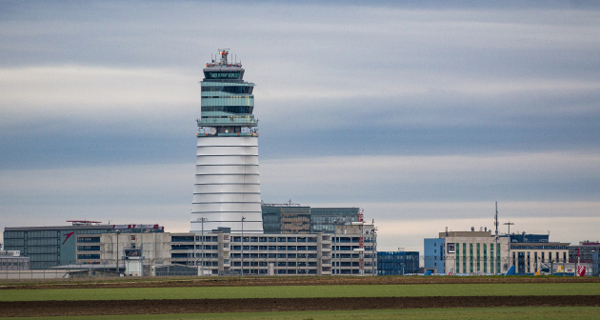
The Answer to Logistics Problems is Always in the Data
Q: How can data solve logistics problems for shippers? A: The right data can create the intelligence required to know where to begin to solve many common problems. These can include freight costs that are too high, transit times that are too long or not charging enough for freight. Many shippers have good rates, but […]
Read More
Valerie Young: 2020 Vision
Valerie Young is vice president of global supply chain services and operations with 3M. She has held this position since 2016. Responsibilities Driving global supply chain strategy, regionalizing supply chains, leveraging disruptive technology, and harmonizing global processes for improved service, inventory position, and productivity. Experience Director of manufacturing and supply chain, business services director, Lean […]
Read More
The Keys to Dangerous Goods/Hazmat Shipping Compliance
Dangerous goods (DG)/hazardous materials (hazmat) transport safety and compliance can be challenging, but the right infrastructure and technology can mitigate risk and give your business a competitive edge. There has always been some degree of risk involved in transporting dangerous goods and hazardous materials, with the responsibility for compliance typically assigned solely to the compliance […]
Read More
Top 100 Logistics IT Providers & Market Research Survey-Apr 2017
Inbound Logistics surveys the logistics technology market to discover the latest trends and determine which providers are pioneers in their field.
Read More
5 Ways to Cut the Risk of Cargo Theft
Risk models provide a key advantage to firms operating globally, and are the first step in identifying key trade lanes, business partners, and the areas most likely to cause harm. The more you know, the easier it is to manage the risk. While risk modeling is an important part of the Customs-Trade Partnership Against Terrorism […]
Read More
GOOD QUESTION | What movie/TV show/song title best describes your job?
Readers pick the song/movie/TV show title that best describes their job.
Read More
Uniformed Booking Platform Improves Vendor Compliance
A retailer needed to bring suppliers together and optimize processes so they teamed up with Unyson for a platform.
Read More
3 Steps to a Demand-Driven Supply Chain
The on-demand economy means customers expect instant gratification via immediate access and convenient delivery options. Companies must adapt and start optimizing their supply chains to stay competitive. Many companies are still supply driven, constrained by resource capacity, archaic scheduling technologies, and inefficient decision-making. Typically, these businesses match demand by increasing the supply and infrastructure to […]
Read More
Large Multi-National Seeks Global Supply Chain Visibility
An oil services company found transportation cost savings and complete shipment visibility with ClearView’s TMS.
Read MoreAuditing Beyond Compliance
Evaluating the continuing alignment of customer requirements, acceptable associated risk and service provider capability.
Read More